Research has proven that cats can offer emotional support, enhance moods, and contribute to the general morale of their proprietors.
Cats also are credited with selling socialization amongst older people and bodily or mentally disabled people. Nearly forty million families in the United States have puppy cats.
Cats are reliable companions. However, as a cat parent, you need to be conscious about cat diseases that can bring ailments to our health. From minor pores and skin infections to severe sicknesses, cat infections can be dangerous for our fine-tuned health.
One of the pleasant approaches you may defend yourself from getting ill is to very well wash your palms after handling, cleaning up, or feeding your cats.
Besides, knowing these symptoms of common cat diseases can also save you from adverse outcomes.
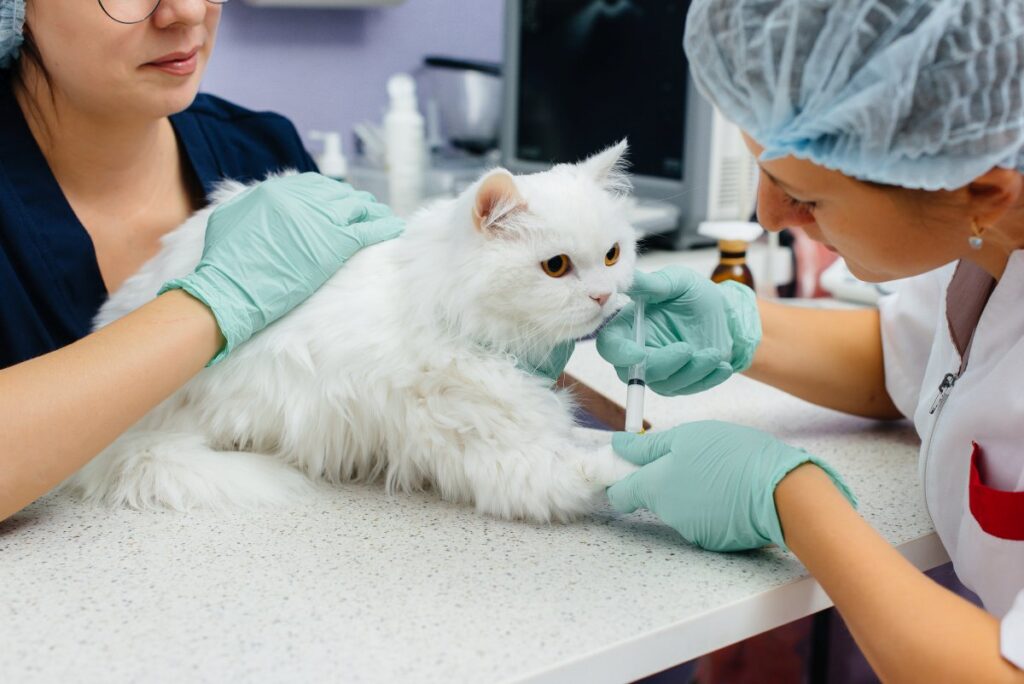
Cancer
Cancer is the primary sickness in cats we may experience repeatedly. In this disease, cells grow uncontrollably, invading surrounding sensitive tissues. It spreads in our surroundings to form different types of cancer among humans through localization and generalization.
Causes
- Squamous cell carcinoma in cat’s ear, eyelid, or nose
- Lymphosarcoma in saliva
Symptoms
- Lumps and Swelling
- Skin infections
- Abnormal Body Discharge
- Bad breath or Loss of appetite
- Listlessness and Weight loss
- Sudden lameness and Vomiting
- Red skin patches
- Difficulty in urinating, breathing, or defecating
- Behavior changes
Preventions
- Keeping a cat indoors from sun exposure
- Cat spaying before first heat cycle
Diabetes
In cats, Diabetes is one of the complex diseases, which occur due to hormone insulin lacks. At this stage, when the cat eats, its digestive system breaks bread into glucose and is carried into cells by insulin. This way cat stops producing insulin, and its blood sugar levels elevate, resulting in hyperglycemia. If this sickness in cats is left untreated, it can cause complicated health problems for humans too.
Causes
- lack of insulin production
- Impaired insulin production with improper response to the hormone.
Symptoms
- Change in appetite
- Weight loss
- Excessive thirst
- Increased urination or tract infection
- Unusually sweet-smelling breath
- Lethargy or Dehydration
- Unkempt haircoat
Preventions
- Proper diet
- Regular exercise
- Pleasant Atmosphere
Feline Immunodeficiency Virus (FIV)
Cat health issues such as feline immunodeficiency virus (FIV) take years to show symptoms. Although this virus acts slowly, it weakens the cat’s immune system once the sickness in cats begins. Not only this, the virus makes the cat exposed to other secondary infections. Infected cats, who receive caring medication and are stress-free in indoor settings, can lead relatively healthy lives for months and even years before the disease reaches its permanent phase.
Causes
- Immune deficiency diseases
- Deep bite of other infected cats
- malnutrition
- stress
- poisons
- Cancer
Symptoms
- Enlarged lymph nodes
- Fever
- Anemia
- Weight loss
- Dishevelled coat
- Poor appetite and Diarrhea
- Abnormal appearance of eye inflammation
- Inflammation of the gums and mouth
- Dental disease, Skin redness, or hair loss
- Wounds that don’t heal
- Sneezing
- Discharge from eyes or nose
- Frequent urination
- Behaviour change
Preventions
- Keep your cat indoors
- Bring your cat to your vet twice a year for a wellness checkup, urine analysis, and blood count
- Feed your cat nutritionally balanced food
- Be sure your cat is neutered or spayed
Feline Leukemia Virus (FeLV)
Among various cat infections, the feline leukemia virus is a transmissible RNA retrovirus that suppresses the cat’s immune system.
The sickness in cats is diagnosed due to this virus in most domestic environments. Since this virus doesn’t show instant symptoms whenever you acquire a new cat, make sure to test FeLV.
Causes
- Sheds in bodily fluids such as saliva, urine, feces, nasal secretions, and blood.
- Mutual grooming, direct contact, and sharing litter boxes, food, and water bowls.
- Mother’s milk consumption.
- Cat’s bites and scratches.
Symptoms
- Loss of appetite and weight loss
- Pale or inflamed gums
- Poor coat condition
- Abscesses
- Fever
- Upper respiratory infections
- Diarrhea and vomit
- Seizures
- Changes in behavior
- Vision or other eye problems
- Enlarged lymph nodes
- Reproductive problems (in females)
- Jaundice
- Chronic skin disease
- Respiratory distress
- Lethargy
Preventions
- The vaccine of FeLV
- Elimination of sources exposure
Heartworm
The cat diseases caused by the spread of infected mosquitoes are called Heartworms. It is recognized in domestic cats. Regardless of this cat infections’ name, the heartworms cause in the lungs of the cat.
The primary concern for any cat parent should be providing its cat living area, which is pollution-free with bees and mosquitoes. This concern can save cats from the veterinarian.
Causes
- heartworm parasite
- Dirofilaria
- bites of other cats
- larvae transmission
Symptoms
- Persistent cough
- Breathing difficulties
- Depression
- Loss of appetite
- Weight loss
- Sporadic vomiting
- Lethargy
- Sudden death
Preventions
- FDA-approved medications for feline heartworm infection.
- Limiting the cat’s exposure
- Regular checkups
HighRise Syndrome
Many cat parents eagerly open their windows to take advantage of the beautiful weather during the summer months. Unfortunately, screens without screens pose a real danger to cats, who fall so often that the vet has a name for this complaint: HighRise Syndrome. Falling can lead to broken limbs and pelvis, punctured lungs, broken jaws, and even death.
Causes
- Injuries
- Cold Weather
- Unprotected guards
Symptoms
- Painful abdominal mass.
- Abdominal distention.
- Vomiting.
- Visible wounds.
- Blood loss.
- Jaundice.
- Bleeding or swelling of the mouth.
- Malaligned limbs.
Preventions
- Install sturdy and snug screens in windows
- Tightly wedged window frames
- No childproof window guards
Rabies
Among cat health issues, Rabies is not going anywhere. It affects the brain and spinal cord of all females, including cats and humans.
Causes
- Through infected saliva of other animals
- Contracting rabies-infected animals
- Unvaccinated cats
Symptoms
- Changes in behavior
- Increased vocalization
- Loss of appetite
- Weakness
- Disorientation
- Paralysis
- Seizures
- Sudden death
Prevention
- Vaccination
- Lengthy quarantines
Final words
Cat infections usually develop bald, scaly patches with broken hairs. They can also develop acne bumps on the skin. The places most affected by feline diseases are the ears, tail, face, and feet. Health problems in cats are diagnosed by fungal culture, ultraviolet lamp examination, and direct microscopic examination of the hairs or scales. Infections in cats can sometimes go away on their own, but some cats may need treatment. Medicated shampoos and dips, and antifungal medications can help speed recovery. They can also prevent the spread of mold in the environment.

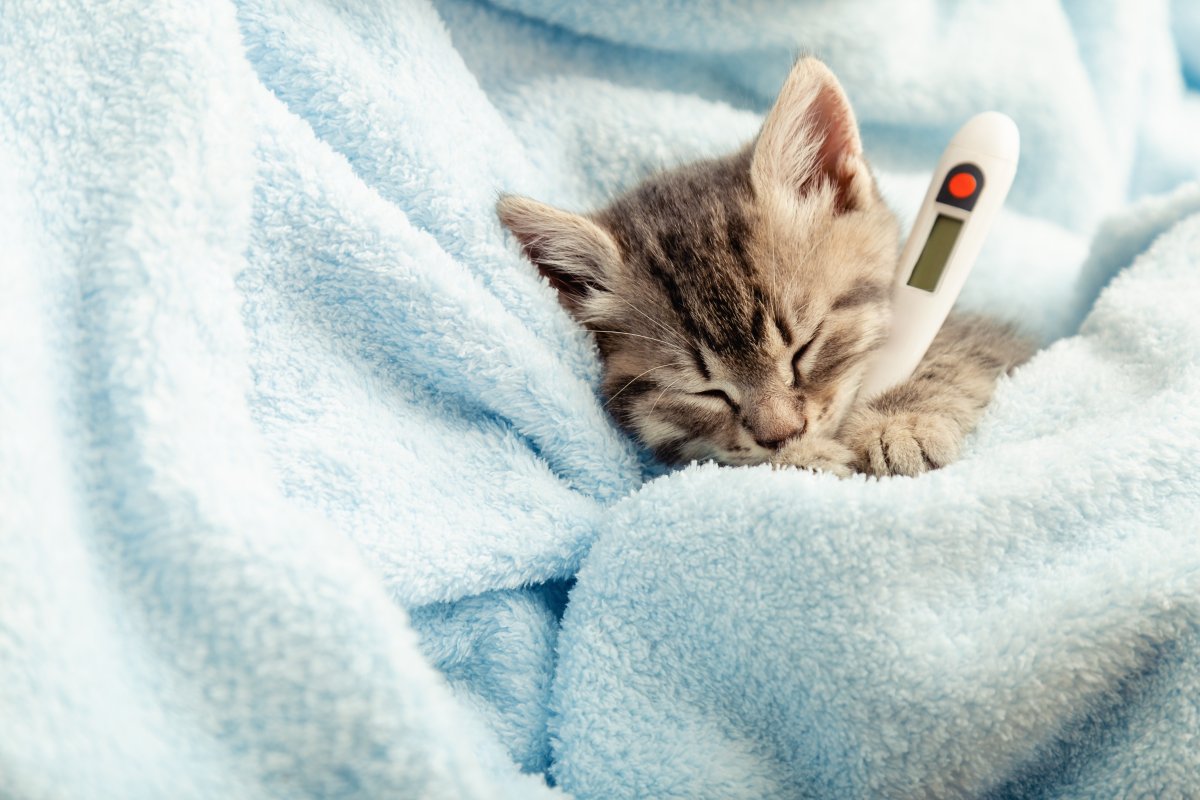
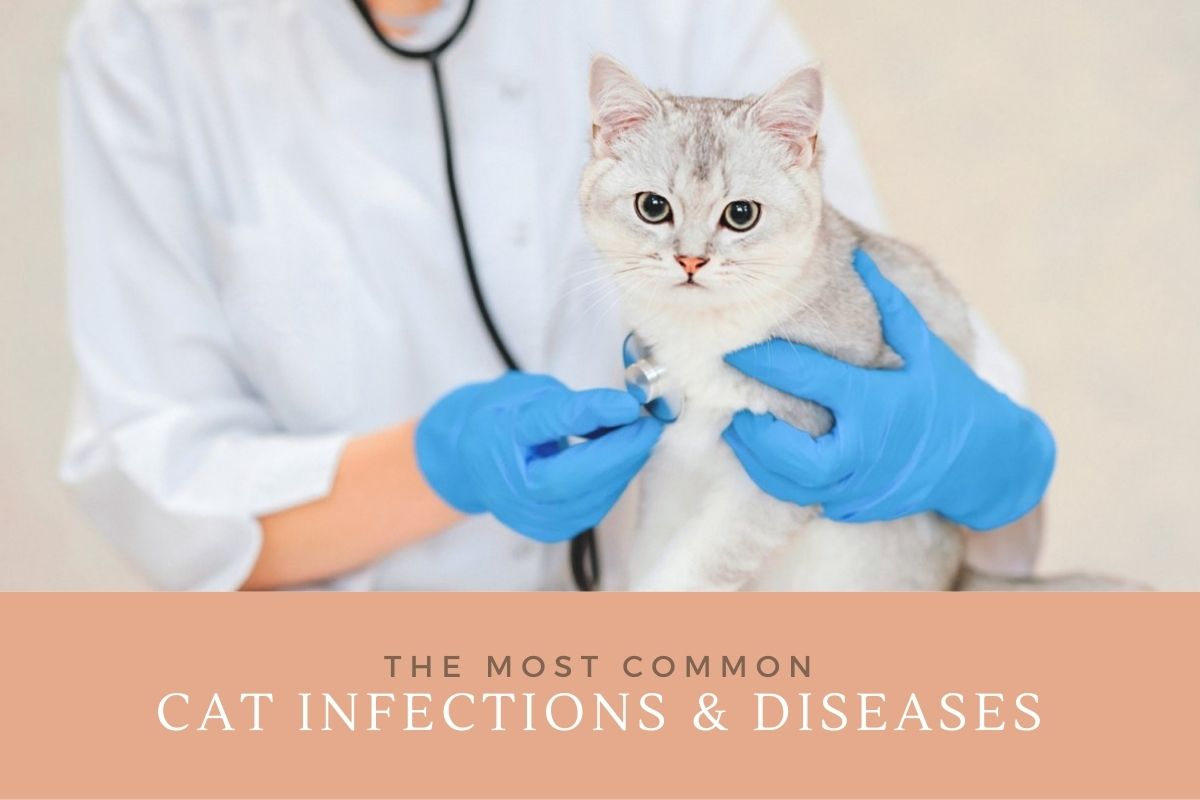
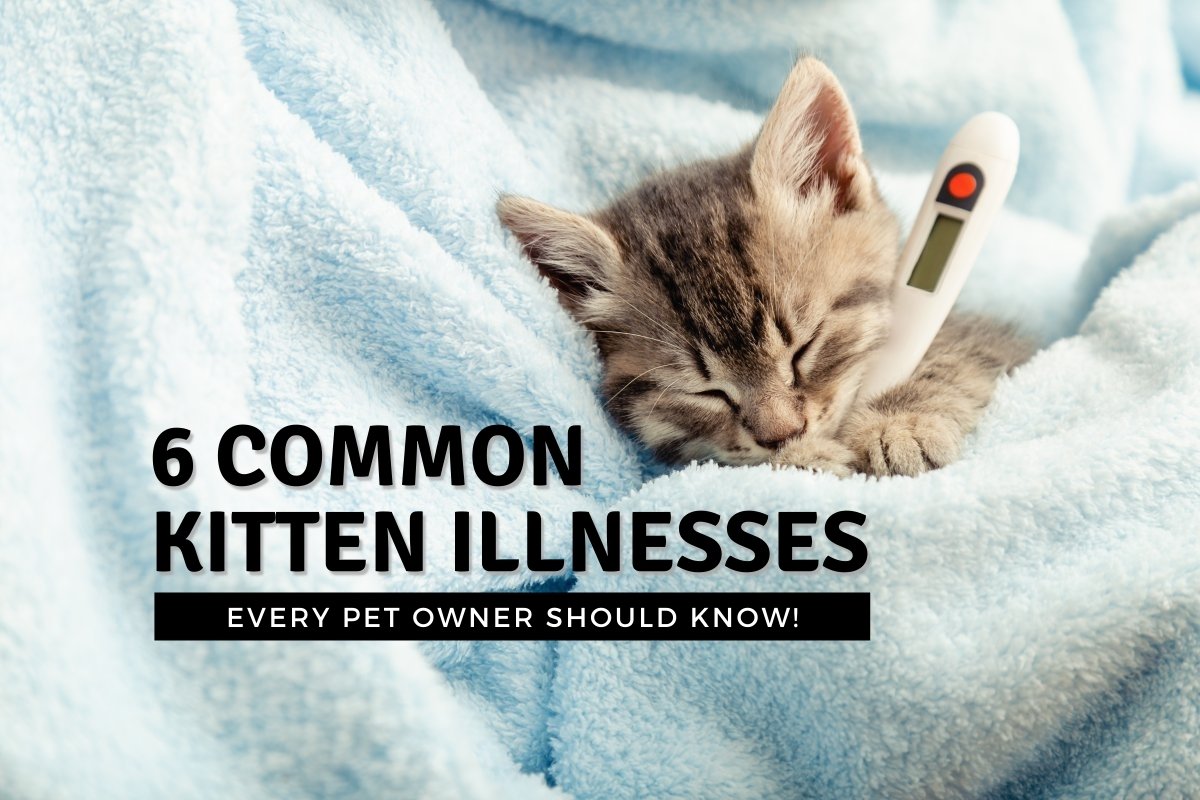
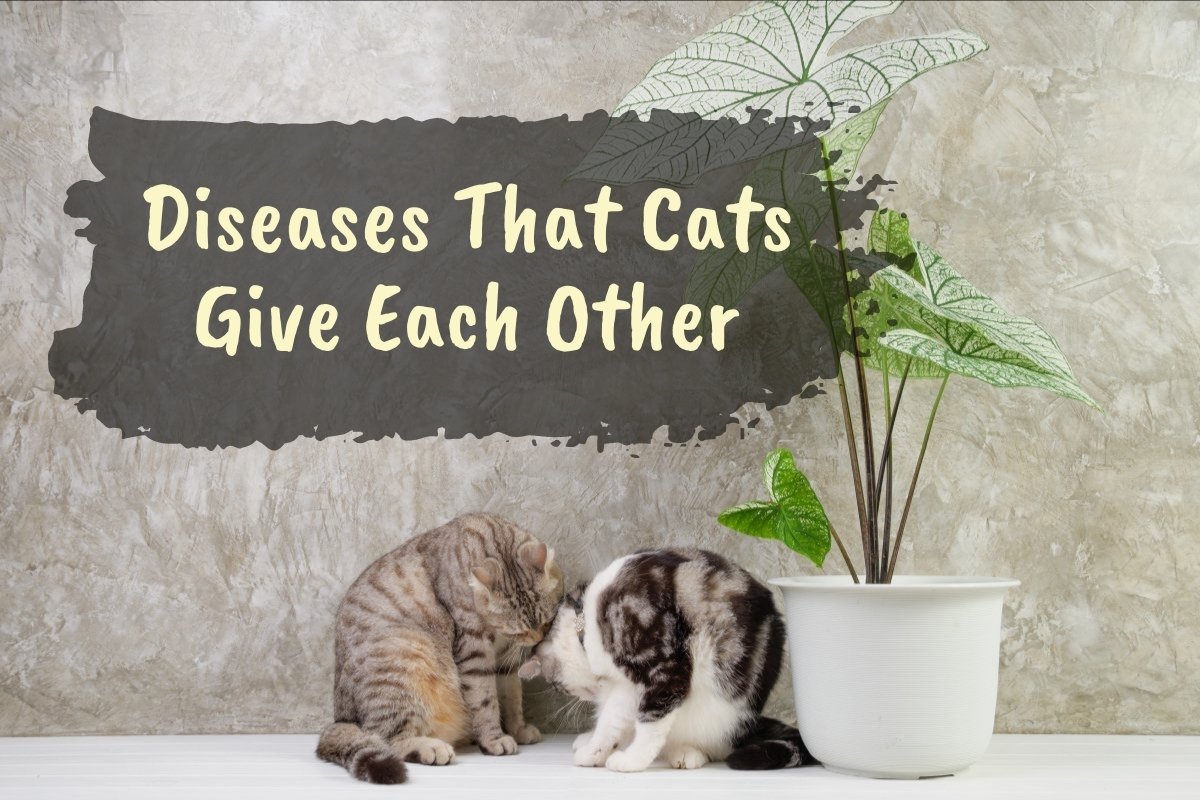

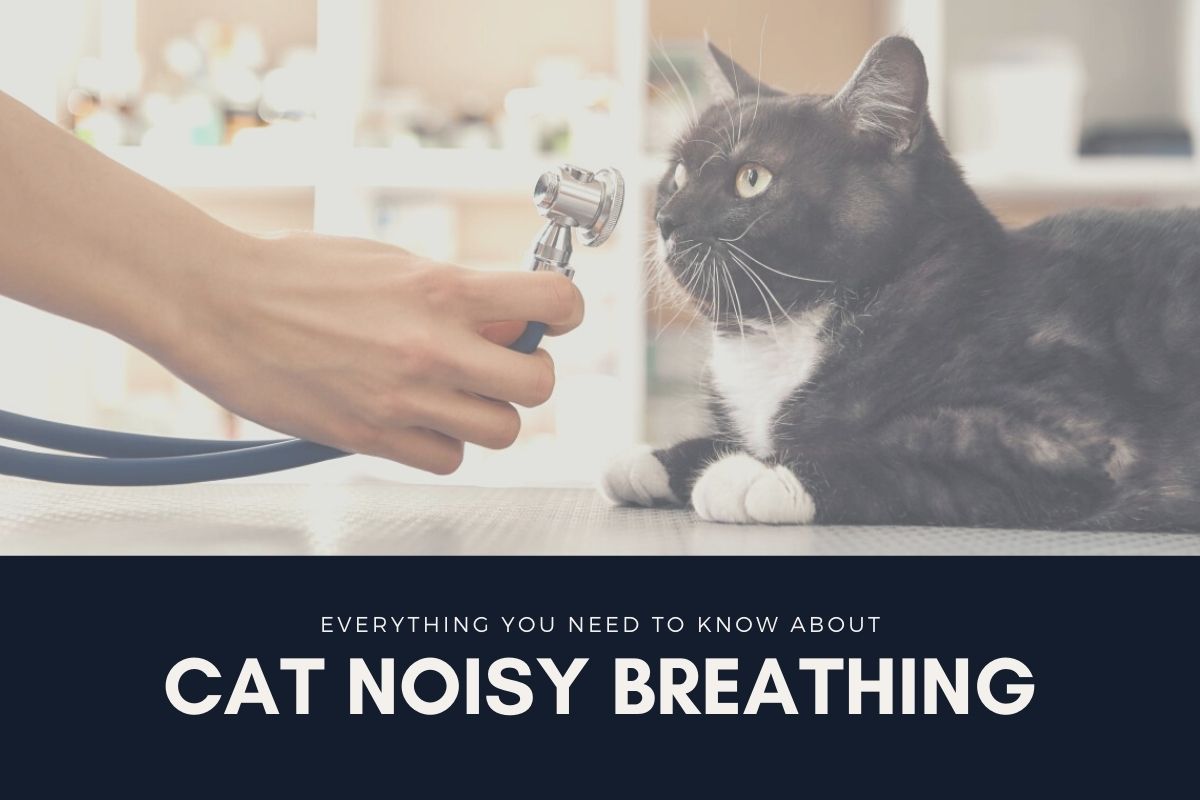
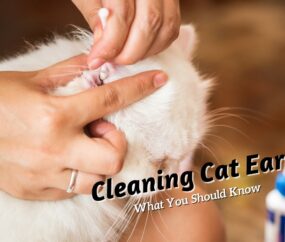
6 comments